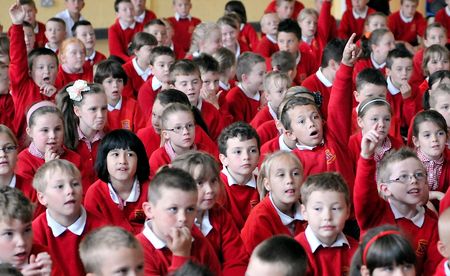The Story of Learning
Documentation in your program.
Documentation is learning made visible.
A hundred ideas explored, a hundred discoveries achieved, a hundred languages communicated. During your day’s program there is a vast array of wonderful moments happening and relationships building in your classroom; some moments captured, and some moments escaping.
When documenting in your program it is important to ask yourself some key questions in order to effectively showcase the wonderful moments happening in your classroom.
Ask yourself these questions: (from Learning Together with Young Children. A curriculum framework for reflective teachers by Deb Curtis and Margie Carter)
What is the Important Story to Tell?
The Child’s Story – what the child did and said.
The Learning Development Story – What the child was learning.
The Teacher’s Story – What you are thinking.
The Family’s Story – What ideas does the child’s family have/share about this.
Documentation comes in many forms.
Documentation can include showcase of artwork, panel boards, photographs, documented brainstorming, key project components, presentations, video, booklets, and many varying combinations of those mentioned and more. As classroom collaborators the teachers and the children can decide together how best to showcase their learning.
Documentation, much like the discoveries being documented, is a collaborative act. Ask your co learners and coworkers to offer feedback on your documentation, share your ideas and excitement with them, and in return share in theirs. As we work together to document our learning stories, we give new life to our programs and our profession.
Remember that these moments are meant to be shared, enjoyed and celebrated with each other. Together you have learned and explored, you have come to realizations and developed or confirmed values; this is why we take pride in our work and make visible the story of our classroom; the story of learning.
Stay tuned for examples of group and classroom documentation in an upcoming post.








